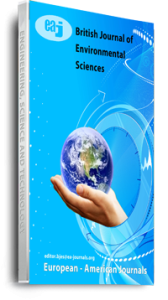Animal manure not only produces malodours, but it is also a significant source of methane (CH4) emission following a microbial-organic material breakdown. The objectives of this study were to measure methane emissions reduction following the uses of agricultural residue as biological cover on the slurry surface during the storage period. The agriculture by-products from paddy husk, rice straw, cocopeat, unfilled grains, and chipped wood were used as a physical cover on a cattle slurry surface at 30 cm thick during 90 days’ storage period. Methane emission from stored slurry was measured periodically during the storage period. All residues used were found to enhance further emission during storage thus resulting in higher methane emission compared to an uncovered slurry (Ctrl). This concludes that agriculture residues as covered materials failed to inhibit methane emission from a stored slurry.
Keywords: agriculture residue, greenhouse gas, methane emission, slurry cover, slurry storage

